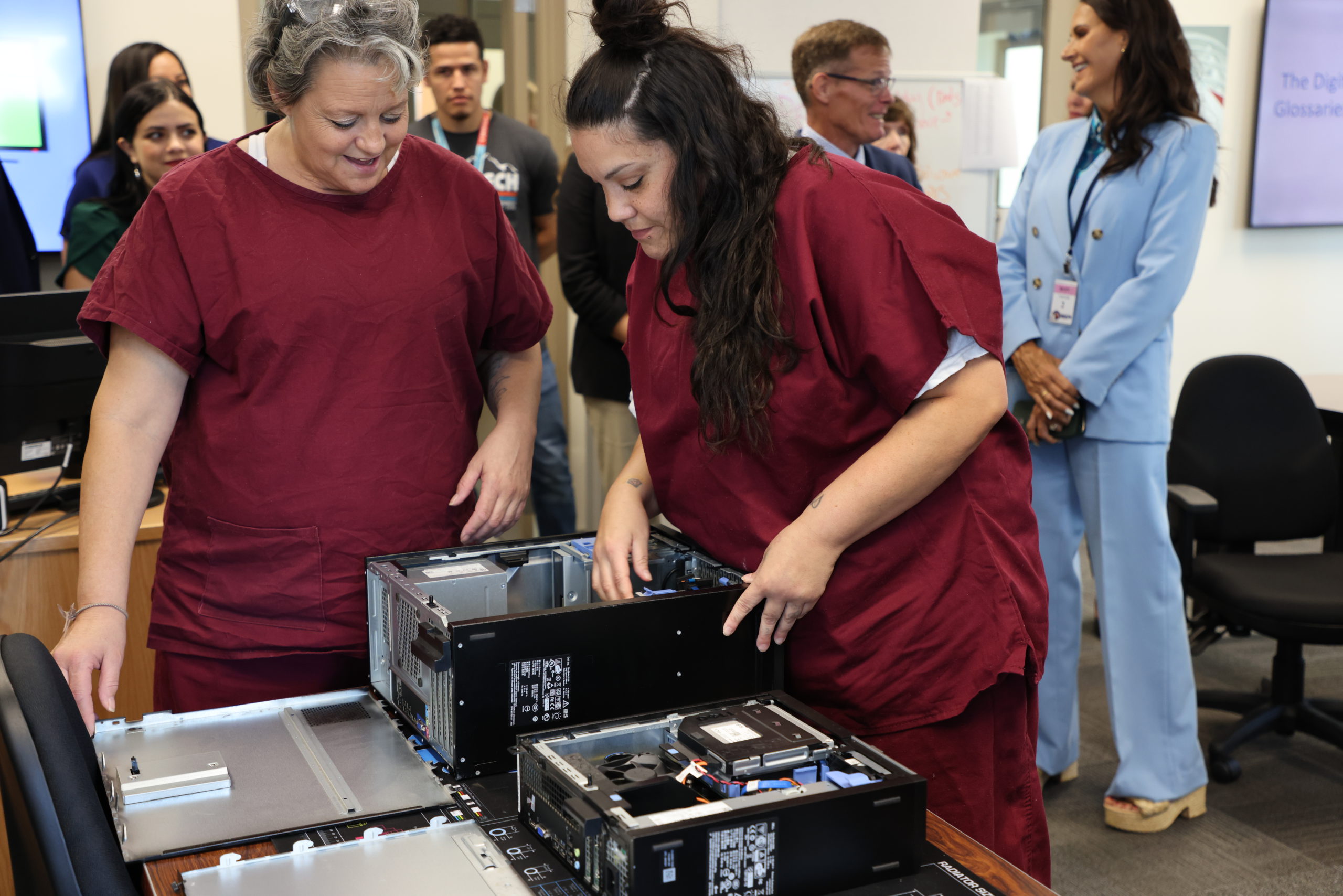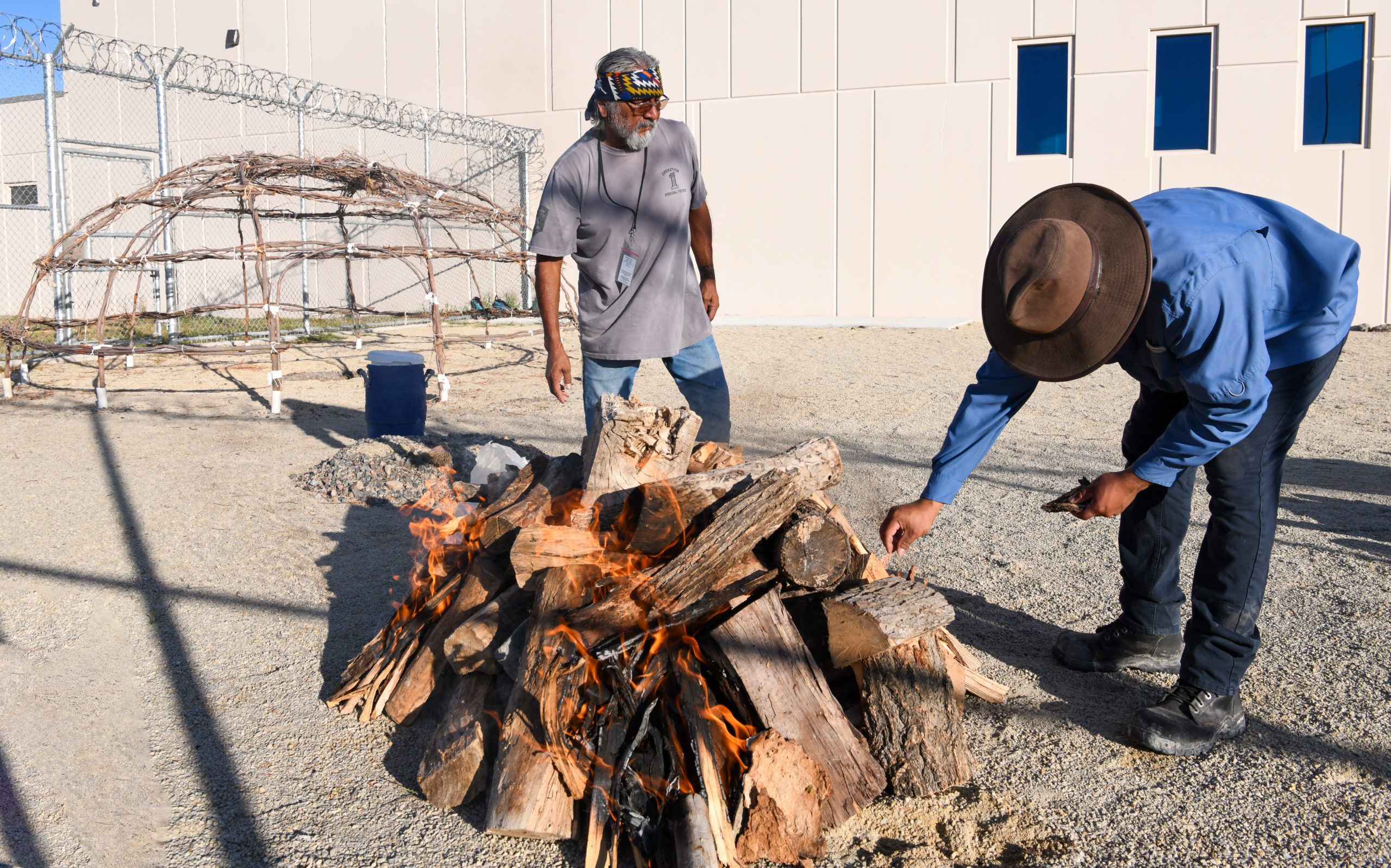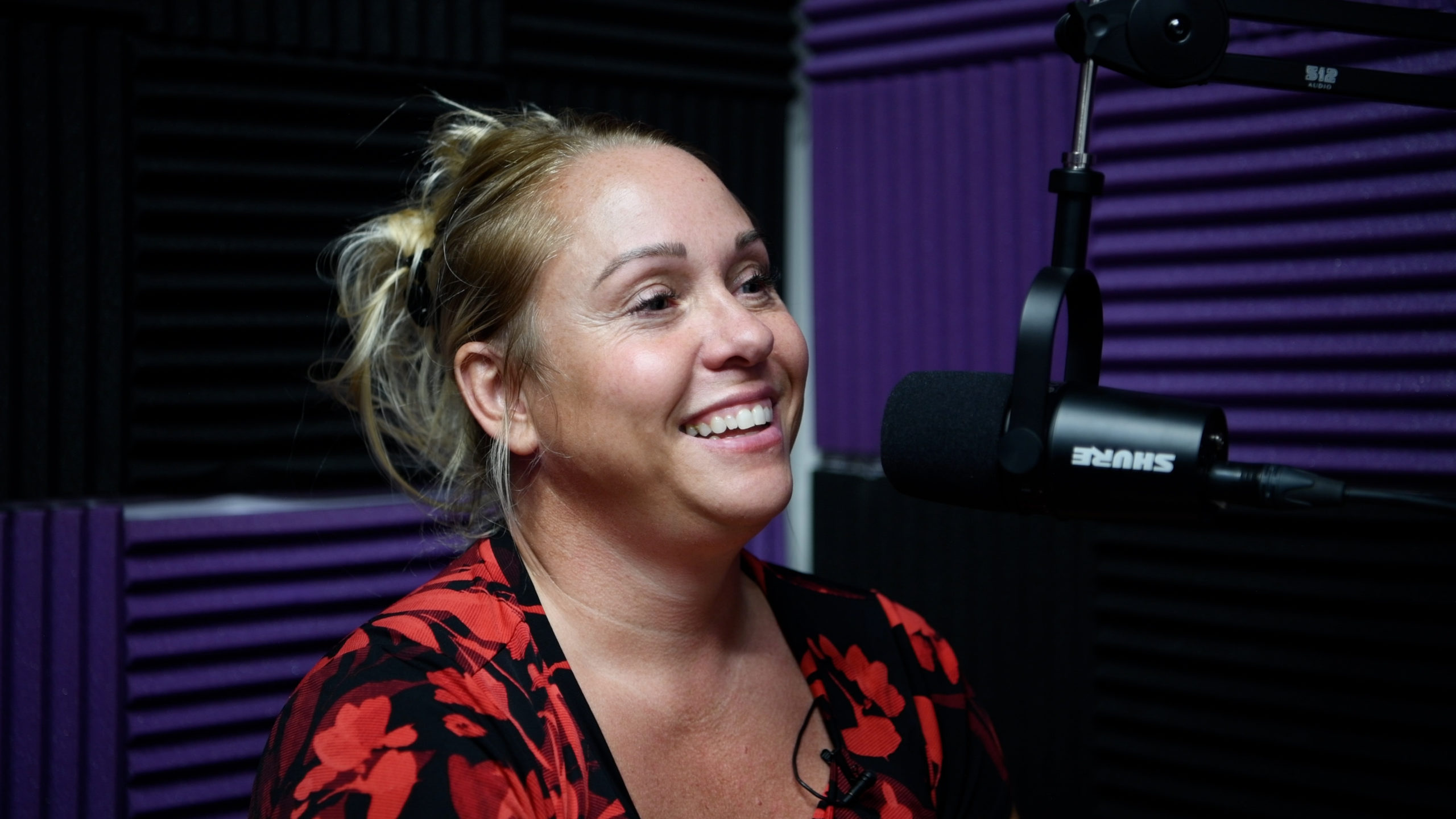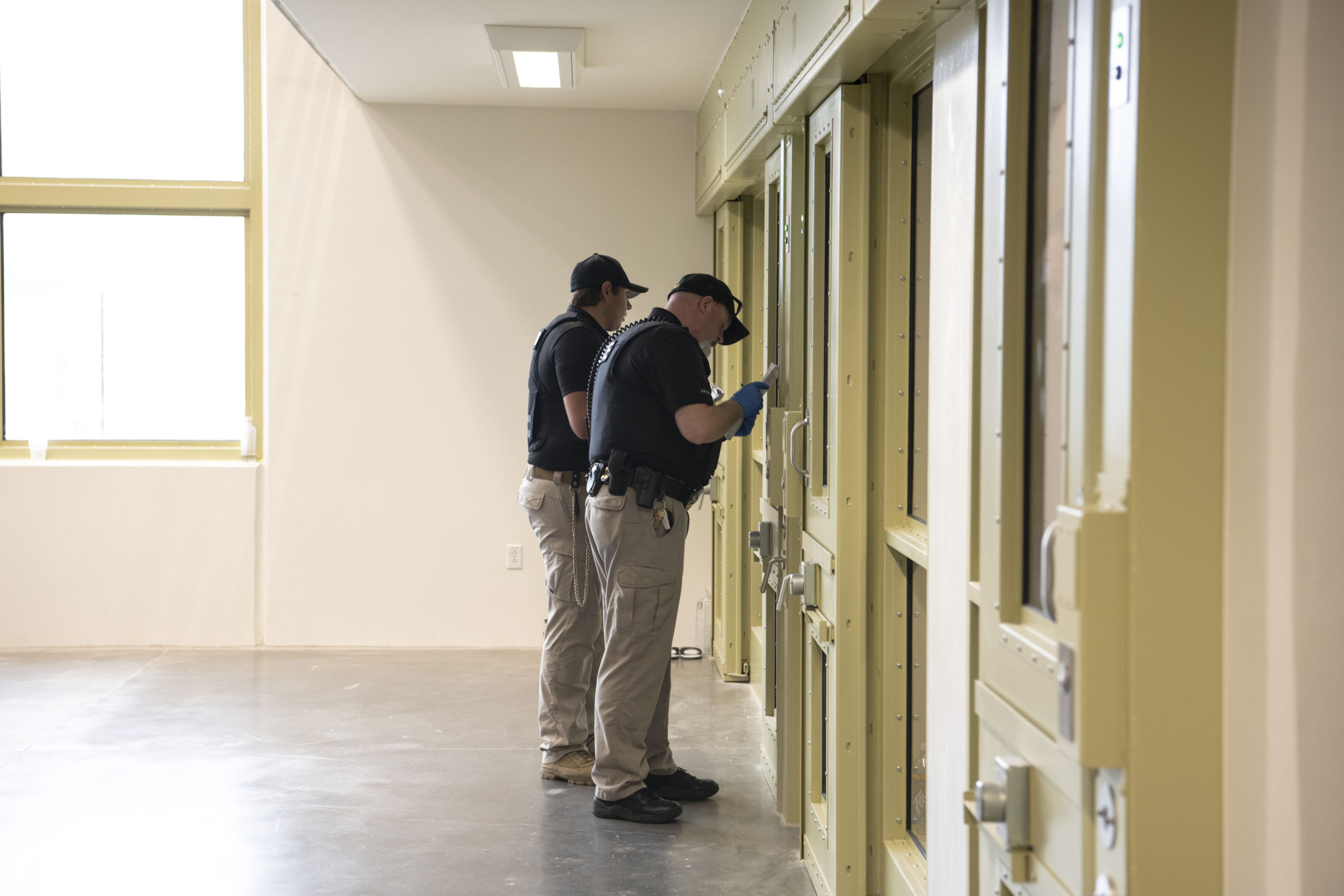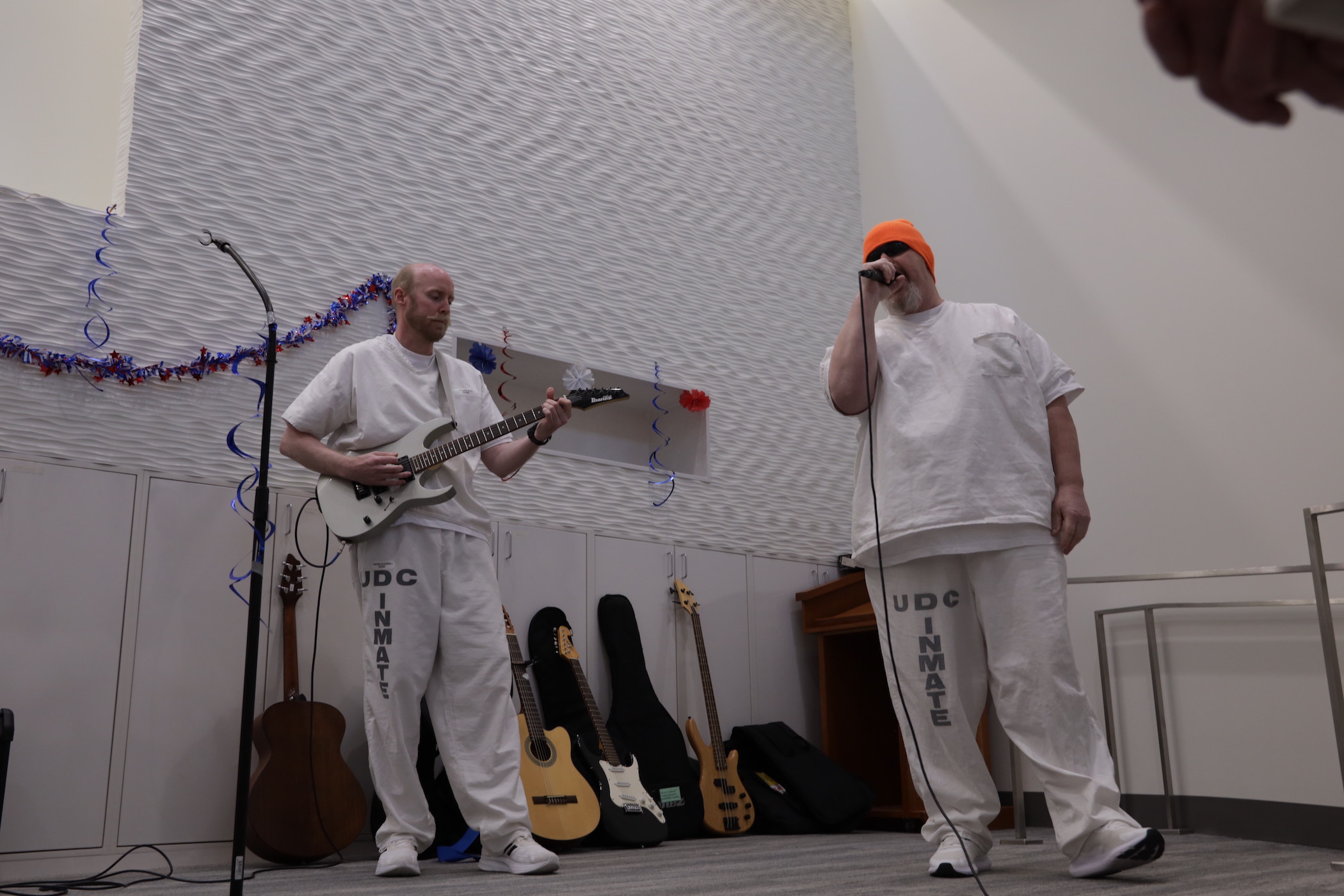20 Sep Davis Technical College and Corrections Launch New Certification Programs for Women
Davis Technical College (Davis Tech) and the Utah Department of Corrections (UDC) announced the launch of three new certification programs for women at the Utah State Correctional Facility today. The programs, which include Automation and Robotics, Information Technology, and Web and Graphic Design, provide valuable skills and knowledge to help incarcerated women successfully transition back into their communities. “In a limited environment, I feel limitless,” said Heidi Rasmussen who is a current participant in Davis Tech’s new programs. “Knowing that I can control my future … maybe this time I’ll be more successful upon release now that I am more eligible for jobs.” Attendees had the opportunity to meet with program instructors and participants, witness live demonstrations of the skills being taught, and hear success stories from current and former program participants. "We're thrilled to partner with Davis Technical College to offer these valuable certification programs to incarcerated women," said Brian Redd, executive director of the Utah Department of Corrections. "We believe that education and vocational training are essential tools in helping individuals successfully re-enter society, and we're proud to offer these opportunities to the women in our care." The Automation and Robotics, Information Technology, and Web and Graphic Design programs are part of a larger effort by UDC and Davis Tech to provide incarcerated individuals with the skills and knowledge they need to succeed upon their release. By partnering with educational institutions like Davis Tech, UDC is able to offer a wide range of vocational training and educational programs during incarceration. “For 13 years, Davis Technical College has enjoyed its partnership with the Department of Corrections to offer technical education to individuals who are incarcerated, giving them a running start toward success after their release. We had long hoped to add more training options for women, which the new prison has made possible,” said Darin Brush, president of Davis Tech. “Now more students there can benefit from short-term training that leads directly to high-demand careers in our community, which helps all of us.”...

